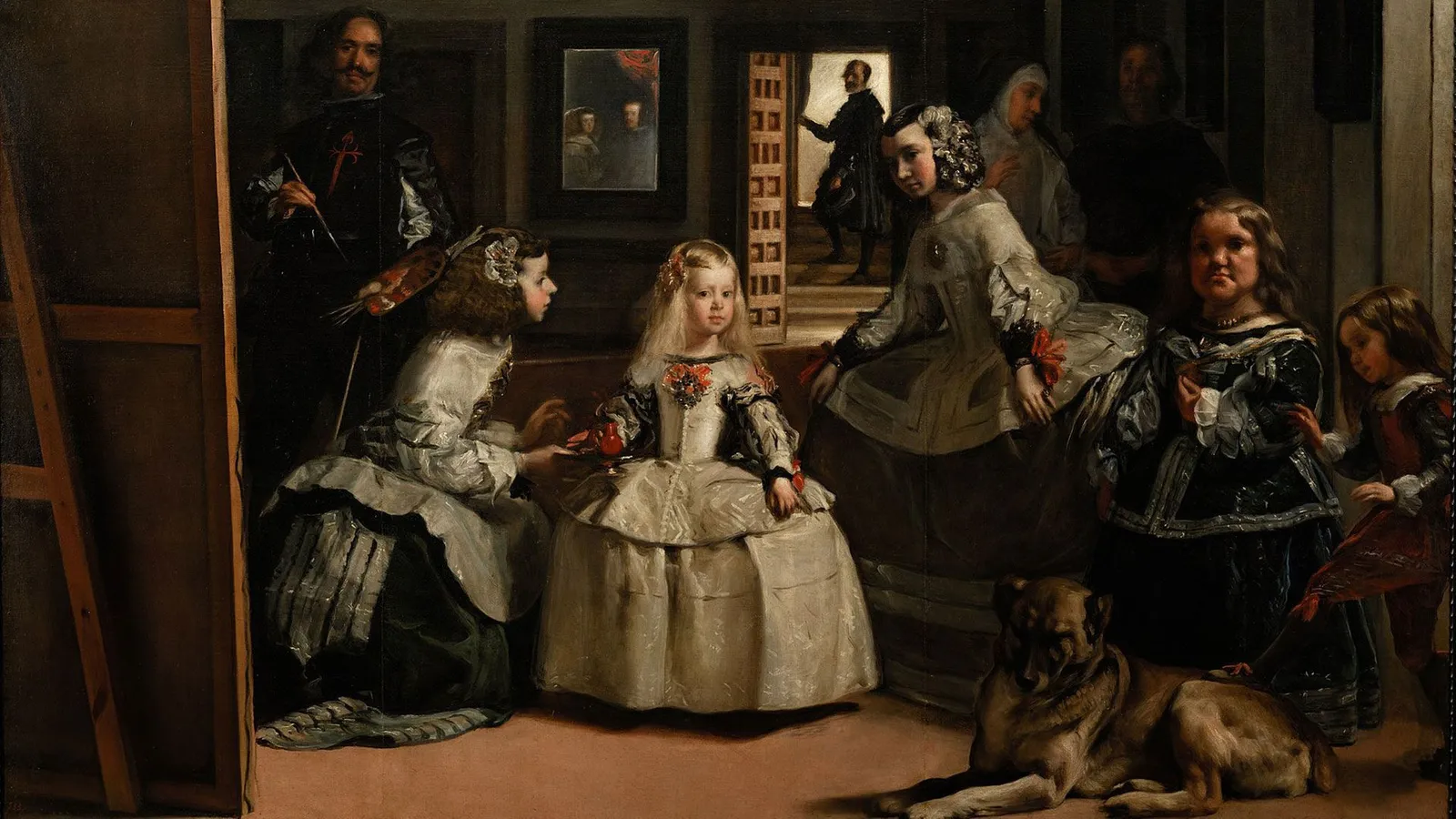From the BBC:
To appreciate fully how the seemingly incidental presence of a ceramic folk craft from Latin America - when polished into pertinence by Velázquez’s virtuoso brush- becomes a visionary lens through which we glimpse the world anew, we must first remind ourselves of the cultural context from which the painting emerged and what it purports to portray. On one significant level, the work provides a self-portrait of the 57-year-old artist four years before his death in 1600, after he had spent more than three decades as court painter to King Philip IV of Spain. Palette in hand on the left side of the painting, Velázquez’s life-size selfie stares our way as if we were the very subject that he is busy capturing on an enormous canvas that rises in front of him – a painting-within-a-painting whose imaginary surface we cannot see.ShareThe dimly lit chamber in the Royal Palace in Madrid in which Velázquez is suspended between brushstrokes is abuzz with the seemingly unchoreographed bustle of a motley crew of courtly players. In the centre foreground of the picture, to Velasquez’s left, we see the five-year-old Infanta Margaret Theresa, daughter of King Philip IV of Spain and Mariana of Austria, flanked by a pair of female attendants – the eponymous ‘ladies in waiting’. On the right side of the painting, a large and lounging mastiff endures the taunting toes of a playful young dwarf, beside whom an older female dwarf gazes out at us, reinforcing the feeling that the painting is watching our every move as closely as we are watching it. Behind the two dwarves, the Infanta’s chaperone, dressed for mourning, quietly confides to a bodyguard, whose thoughts appear to be drifting as she speaks. (Read more.)


















No comments:
Post a Comment